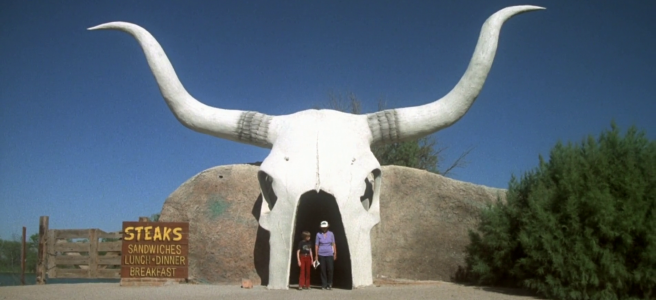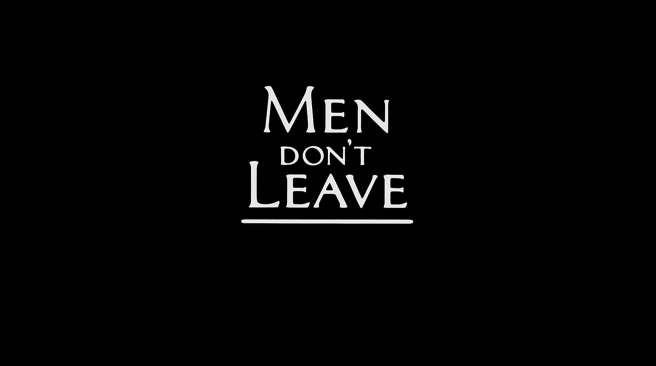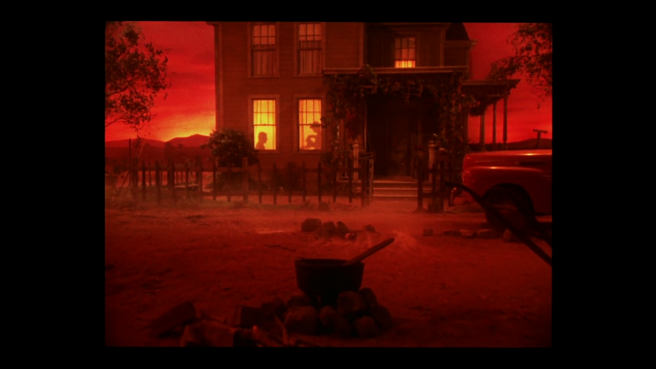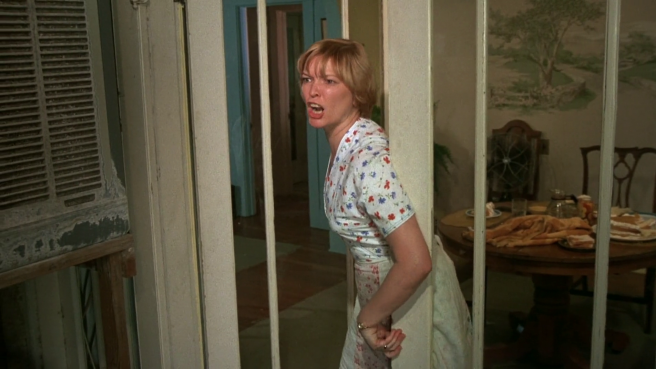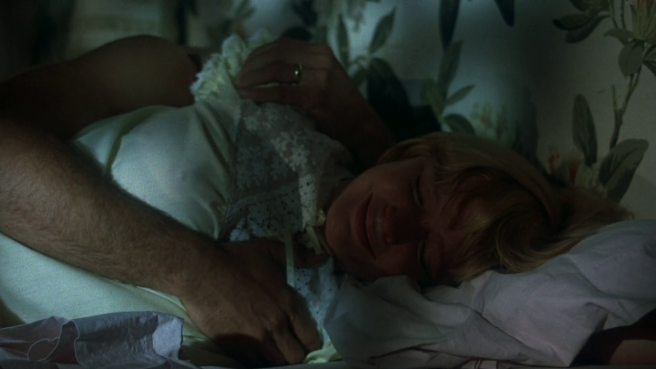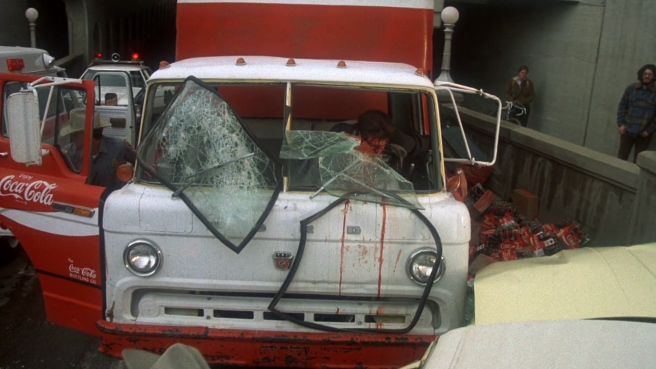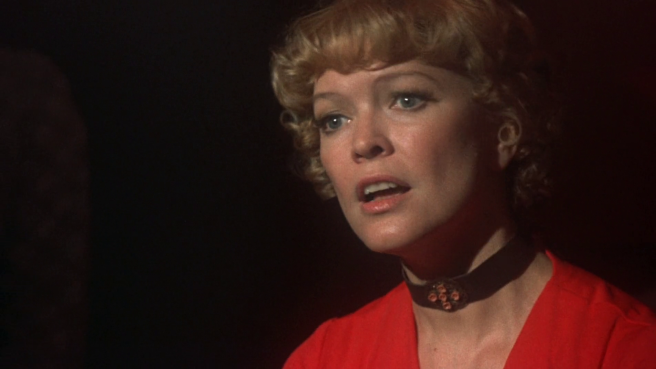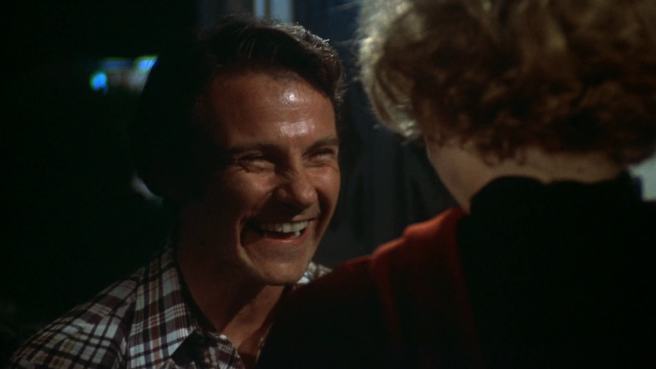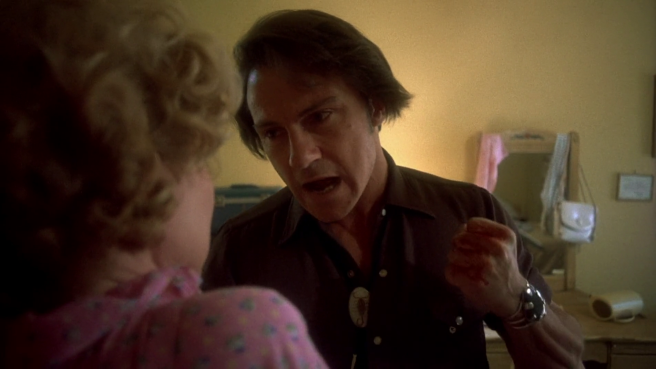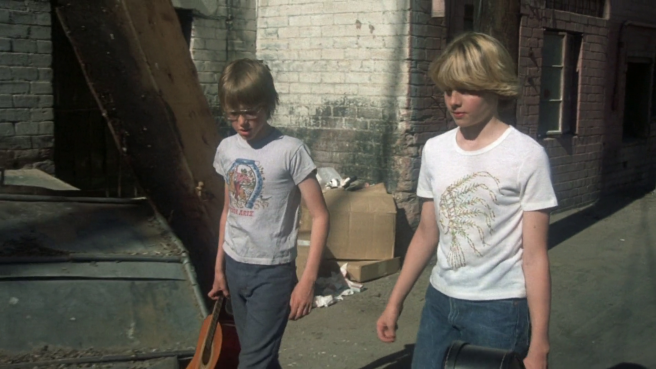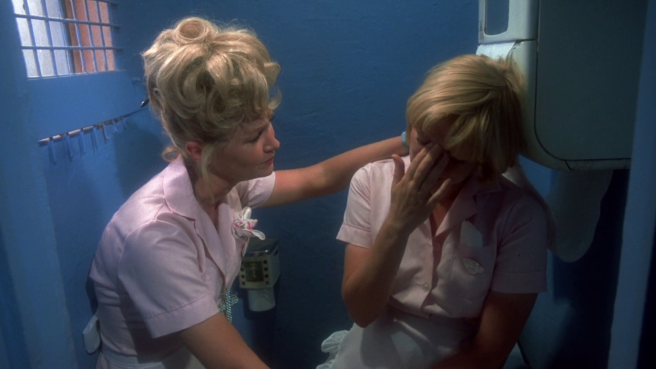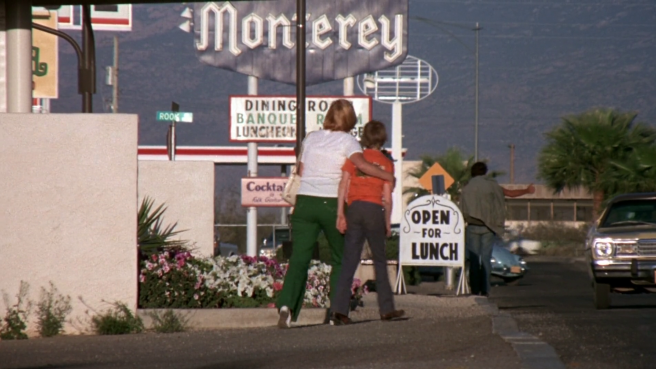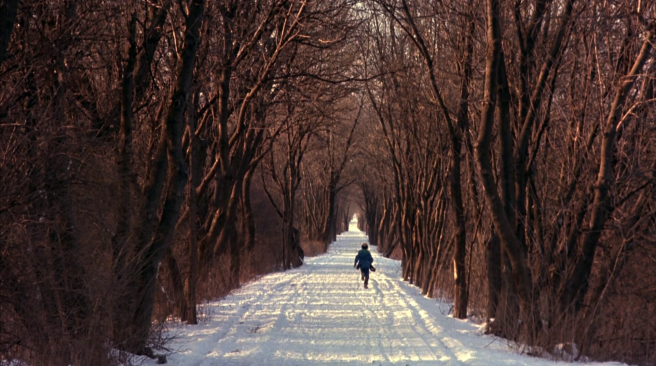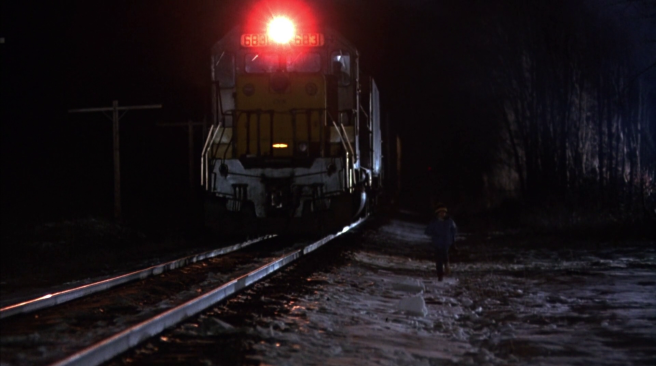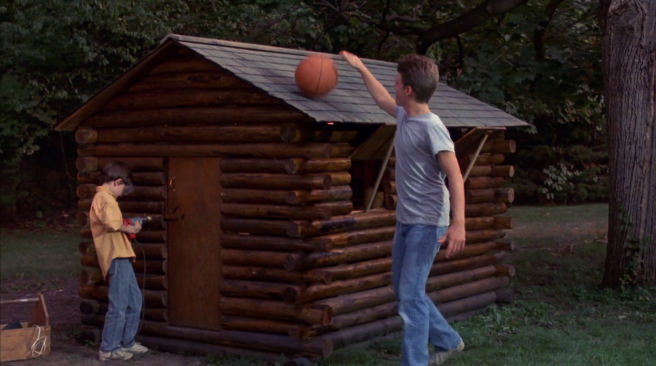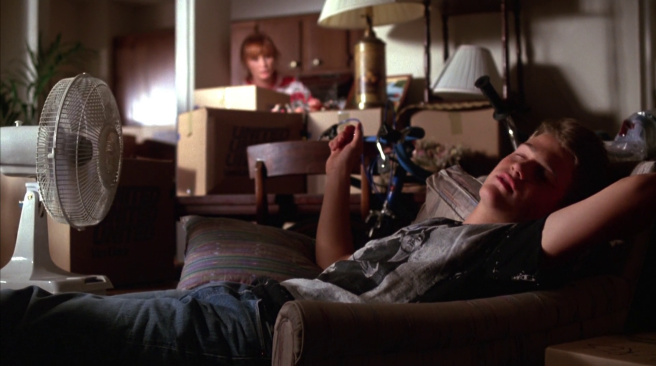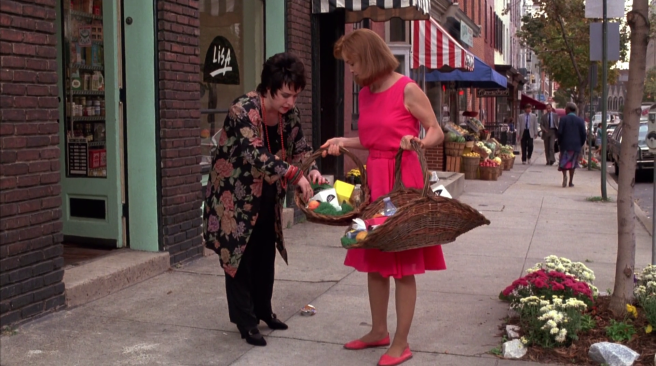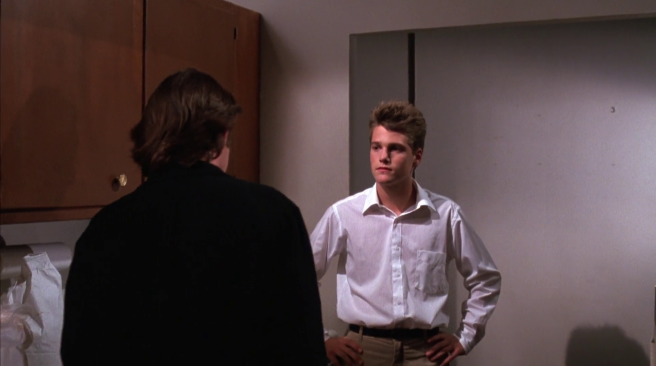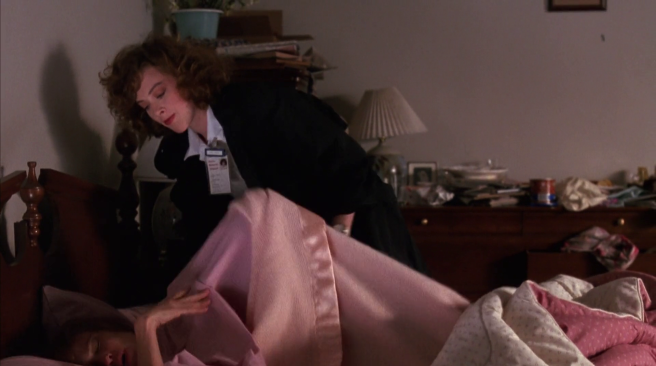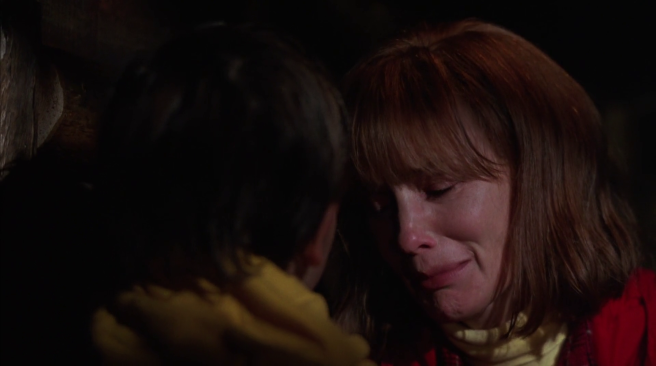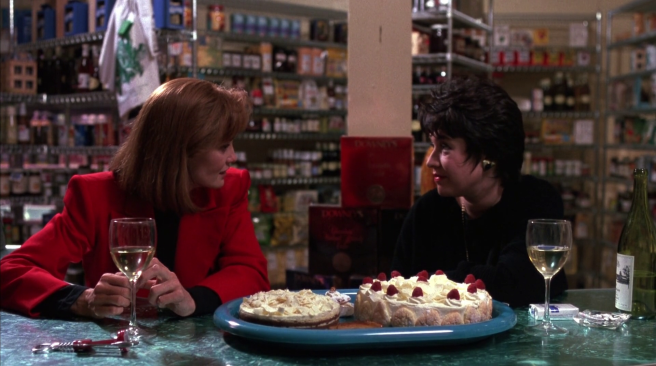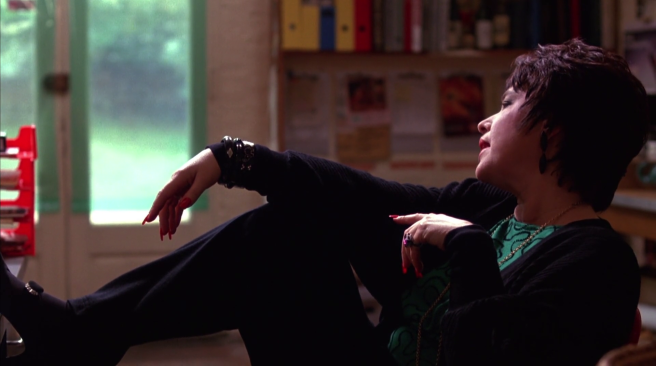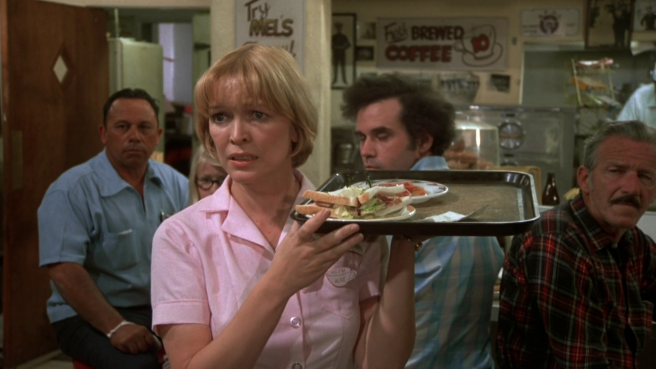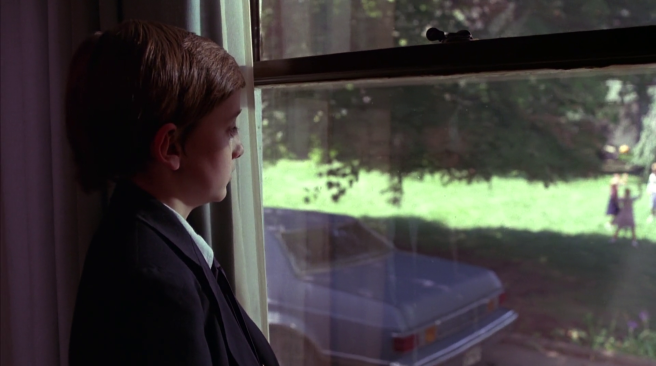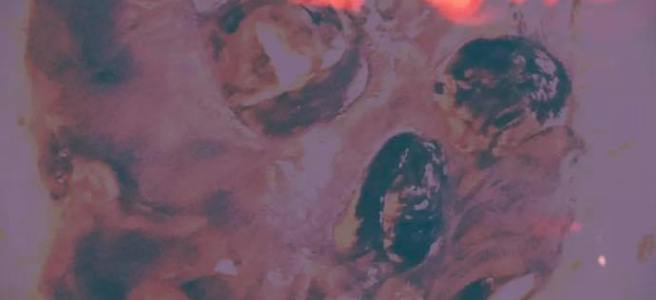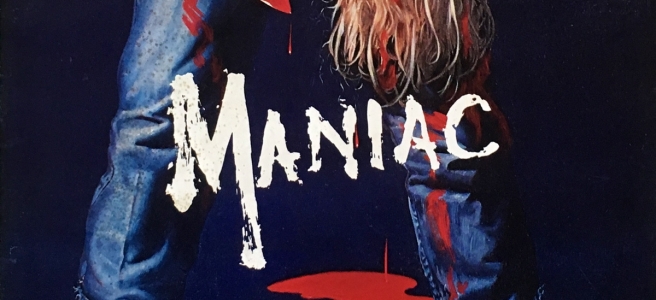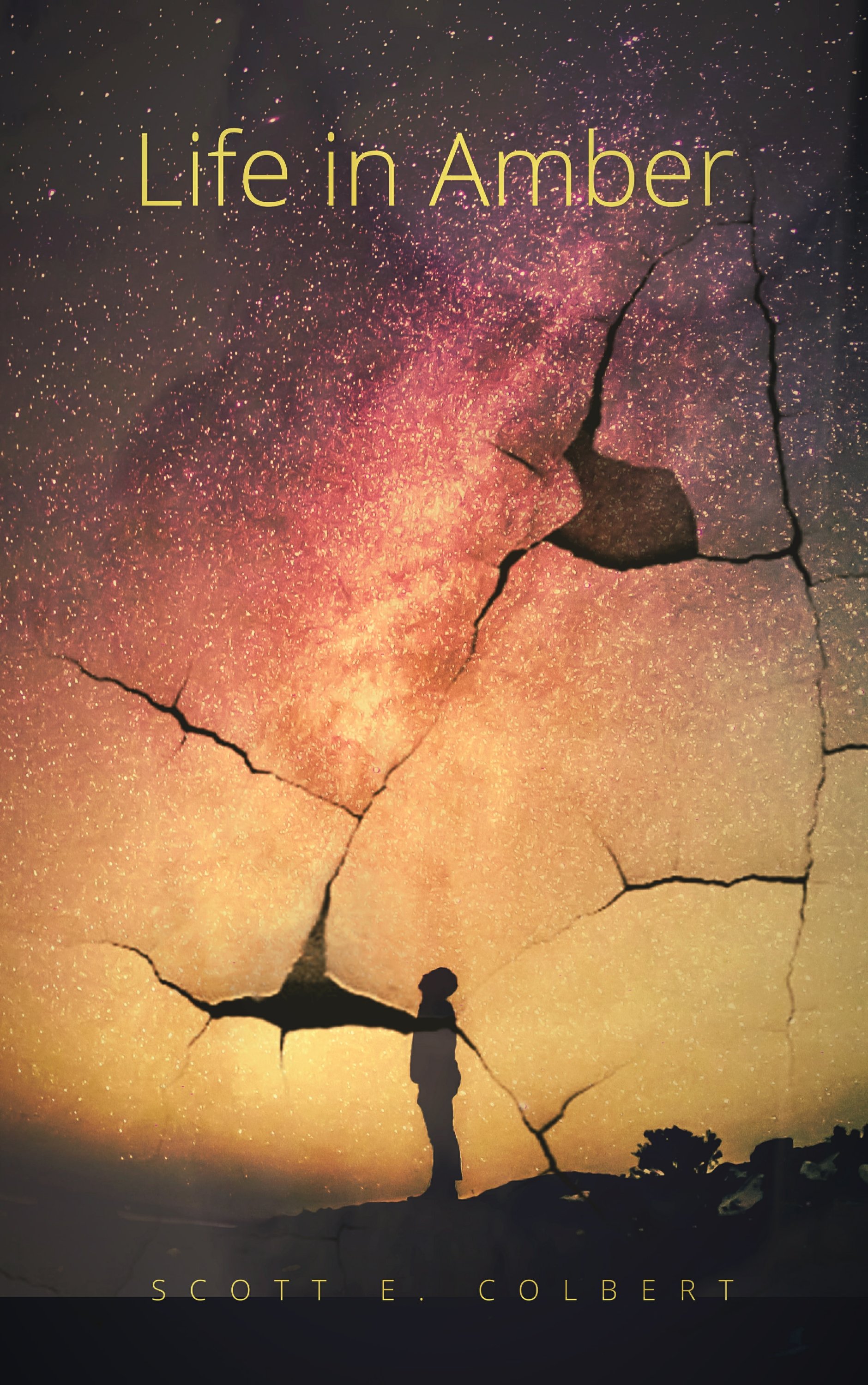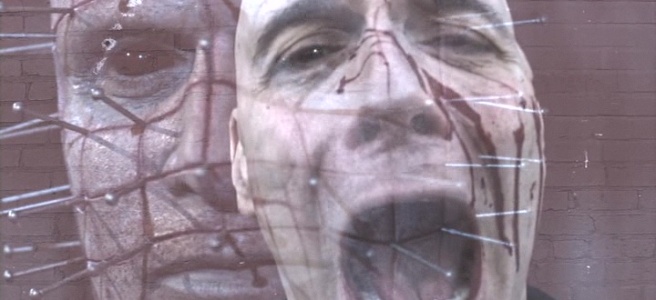I will always love horror. It’s as ingrained in me as the blue in my eyes. In spite of that, I also love a good drama, and here are two of my very favorites, Alice Doesn’t Live Here Anymore, Martin Scorsese’s first Hollywood movie, and Men Don’t Leave, Paul Brickman’s follow up to Risky Business. Both movies are very similar in many ways, yet tell their own story and are completely their own.
Both feature a woman in their mid 30’s suddenly widowed and left with debt and kids. While Alice only has 11 year old Tommy, Beth has two sons, 9 year old Matthew and 17 year old Chris. First we’ll take a look at Alice Doesn’t Live Here Anymore.
I’ve always had a fondness for this movie. It was one of those films that the early years of HBO and Showtime played nonstop or so it seemed. Much of that fondness was because Alfred Lutter who plays Tommy, reminded me of my best friend growing up, Chris. He denied the resemblance, and probably still does to this day, but it was there in my eyes, and that’s all that mattered.
I watched it recently for the first time in about 40 years, and I have to say I was curious if my feelings for it had changed. They hadn’t. If anything they grew stronger, and I still say it is Scorsese’s best movie, and certainly his most underrated.
Released in 1974, and starring Ellen Burstyn (who won an academy award for the role), ADLHA is a bit of an anomaly for Scorsese. It came right after Mean Streets and was unlike anything he’d done, or would do for many years. Burstyn was filming The Exorcist when she got the script, and after calling Francis Ford Coppola, had Warner Brothers hire Scorsese to direct. It’s unmistakably a Scorsese film, with many of the same camera moves he’d hone and perfect in future movies. It also lacked the polish of say Raging Bull or Goodfellas, but that works in its favor.
Alice starts off in, Monterey, CA with her as a little girl. We hear her sing, rather unevenly at that, and her promise to be a singer. We jump 27 years to the present where she now resides in Socorro NM. From the first few moments we see the family, we know these characters. Don, the short tempered, emotionally stunted husband; Alice the unhappy, put upon but dutiful wife, and Tommy the precocious smart ass of a kid who doesn’t get along with his father.
Though the beginning of their relationship is never mentioned, it has all the earmarks of High School sweethearts who had an unplanned kid, and were forced to get married. When Alice cries herself to sleep one night because of her husband’s lack of communication, we feel her pain. We share the sorrow, and neediness when she grabs him after he begrudgingly holds her.
It doesn’t take long before the husband is killed in an accident (he was a truck driver for Coca-Cola, as all he wears in the movie is their uniform). Alice devastated, and out of money, not that she ever had much to begin with, decides to sell everything, pack up the kid and go back to Monterey to become a singer again. Why? Because when you think of a singing career, you think of Monterey, CA. Right?
Tommy reminds her that his twelfth birthday is coming up, and Alice promises him they’ll get to Monterey in time to celebrate it. Fate has other plans and her car breaks down in Phoenix, AZ. Broke, without a car and living in a cheap motel, Alice starts looking for work and talks her way into a singing gig at a piano bar. Now, if the movie has one flaw, it’s that Alice really can’t sing. Certainly not the torch song standards she prefers, yet everyone thinks she’s fantastic.
That includes Ben, a suave, young man bent on bedding Alice. After she relents, and they start a relationship, she gets a visit from Ben’s wife, letting Alice know he was not only married but had a child as well. As they sit talking, Ben breaks in, starts beating on his wife and literally kicks her out the door while she’s on her hands and knees. He then threatens Alice, which is enough for her to pack everything and escape. She lands in Tucson and gets a job as a waitress at Mel’s diner. There she befriends the tough as a marshmallow owner/cook Mel, and two waitresses, the acerbic, take no shit Flo, and the dumb as a doorknob Vera. Alice and Flo don’t get on at first, and Alice grows to hate the job.
Things change when she meets the handsome stranger, David, a rancher who comes in for breakfast every day. At first Alice rejects his advances, so he gets Tommy on his side by taking him out to the ranch for some horseback riding. Alice finally relents and they begin dating.
Tommy meanwhile becomes friends with Audrey, a young girl well on her way to doing jail time as an adult. She talks Tommy into stealing, drinking ripple, and generally being a juvenile delinquent. In spite of that, his mother is oblivious to his behavior, and when David finally disciplines him (on his birthday no less), Alice goes ballistic and breaks up with him.
Realizing he may have been right, Alice confides in Flo, and the wizened waitress gives the crying mother some advice. When Tommy gets picked up by the police with Audrey for being drunk, Alice comes to her senses somewhat, and she and David make up and Alice decides to stay in Tucson, because she can be a singer everywhere.
It’s an uncharacteristically upbeat ending for Scorsese, but then so is the idea of his making a feminist movie. ADLHA was released at the height of the women’s movement, and it not only became a box office success, but earned star Ellen Burstyn an Oscar. Diane Ladd (who would later go on to star in the sitcom Alice, though not as Flo), also earned a best supporting actress nomination. Harvey Keitel as the viuolent Ben lights up the screen with his smile and snake’s eyes. Throw in a great performance by Kris Kristofferson as David, and Alfredd Lutter as Tommy and you have all the ingredients for a classic movie.
The best movies remain timeless, no matter when they were made. Alice is certainly one of these, and its message is as potent and relevant today as it was in 1974. For a young director like Scorsese, who was 32 when he filmed it, Alice shows a confidence and maturity missing in many films from director’s with twice his experience (for the time). His use of music is as exemplary as always, as is the camera work. The fact that I still think about this movie decades later is a testament to its power and longevity.
While it took Paul Brickman 7 years to make another movie after Risky Business, it proved that he was a force to be reckoned with, in spite of the sophomore effort’s mixed reviews. Men Don’t Leave was filmed in 1988 but not released until 1990. Like Alice, it also is a product of its time, perhaps not quite as timeless, but no less powerful.
John McCauley is a contractor with a loving wife and two boys, 17 year old Chris, and 9 year old Matt. They live in Maryland in a posh neighborhood, and are as much upper middle class as Alice and her Coca Cola driver husband were lower middle class. As the movie opens the youngest son is narrating over scenes of him running home. He has a little house in the backyard where his brother helps him install a doorbell. There’s brief scenes of the family together, Mom and Dad together and the brothers together. It’s a close knit and loving family, also the very opposite of what Alice had.
As in ADLHA, the father dies very early on, though the police come to tell Beth, as opposed to the phone call Alice gets. While Alice loved her husband on some level, Beth is still in love with hers, and his death cuts deeper, especially for the boys, in particular the oldest, Chris. They all have ways of trying to cope, with Beth simply trying to keep the household going. Chris responds to the death with anger and frustration, while young Matthew bottles everything up.
When Beth learns about the massive amount of debt her husband left, she does what Alice did and starts selling things including the truck that had been promised to Chris. Beth gets a job as a cashier but it still isn’t enough, and she makes the decision to sell the house and move to Baltimore. And though she’s not forced tro live in a rundown motel, she does move into a rundown apartment with no air conditioning and windows that are stuck shut.
This is where ADLHA and MDL diverge a bit, though we still see some similarities. Beth gets a menial job making and delivering gourmet sandwiches, and ends up meeting a musician on one of her deliveries. Chris meets a single X-Ray Tech in her 20’s who falls for him, and Matt is friends with Winston, another 9 year old who steals VCR’s (again, the stealing theme).
Chris’ attitude towards Charles is predictably angry and resentful, and maybe a tad jealous as well. His mother’s relationship only serves to throw him into the arms of his now girlfriend, who seems to be a bit of a creeper *a fact not lost on Beth who asks her at one point, “Couldn’t you find a 10 year old?”)
Matt maintains his stoicism, and though he knows stealing the VCR’s is wrong, he is only doing it to earn enough money to buy back the house he grew up in. To that end, he and Winston invest in scratch lottery tickets, each for their own purposes.
As things go, Life starts to unravel for Beth. She loses her job, Chris moves in with Jody, she stops talking to Charles, and Matt is as detached as ever. She falls into a depression and ends up in bed for 5 days, not bothering to cook, clean, bathe, or do much of anything. Chris gets Jody to try and help his mother, and with great resistance, Beth relents and allows herself to be helped.
Matt however has a breakdown of his own, after Winston gets a winning lottery ticket and doesn’t share it with him as they had agreed. Matt runs away, and much like Alice where we see her searching for a missing Tommy, we see Beth, Charles and Chris searching for Matt.
A phone call from the new owners of their house lets them know he is there and in his old fort. They race to the house, where tears are shed, monologues are given, and love is dispensed. The last scene is of the family, plus Jody and Charles going boating together, along with more voice over from Matt.
It’s a manufactured happy ending for a slick, over produced Hollywood production. It treats depression as something you just snap out of by a clean apartment, clean clothes and a cup of tea. And for its faults, I still love this movie. Jessica Lange as Beth was really coming into her own then, enough to make us all forget her horrible turn in 1976’s King Kong.
MDL is Chris O’Donnell’s debut, and it’s easy to see why he catapulted into stardom, as his acting here is nothing short of phenomenal. The same is true for Charlie Korsmo who plays his little brother. Both are amazing and very believable. Arliss Howard as Charles has the most thankless roll, and the most forgettable. He does his best, but Charles comes across as so bland, you really don’t get invested in him.
It’s Kathy Bates as Beth’s boss and Joan Cusack as Chris’ girlfriend who steal the show. Every time they’re onscreen is magic. I’d love to have seen more of Bates, but what we do get is deliciously bitchy. Cusack, as pleasant as she seems to be, still comes across as a creeper, and you never feel entirely comfortable with her character. You get the feeling if they had sex offenders lists then, her name would be on it.
As I said, MDL is not a perfect movie. It feels too manufactured and not nearly as honest, emotionally as Alice. And ADLHA has a far more organic, natural feel, which better characters and a far more believable ending. The difference is night and day when comparing the scene of Alice and Flo in the bathroom, and Beth and Jody in Beth’s kitchen. Alice makes you feel like you’re eavesdropping, while Men makes you aware that this isn’t how real people talk, but you still go with it.
I’m not sure why I have the attachment to Men Don’t Leave, other than it was released a year after my own father died, and I could relate to a lot of the feelings I saw onscreen. I was 24 then, but still felt like the 9 year old Matt at times.
Regardless, and if for nothing else, Men Don’t Leave is well worth watching for the performances alone. Watch it on a double bill with Alice Doesn’t Live Here Anymore, and compare them the way I have, then ask yourself, which one am I? The answer may surprise you.
